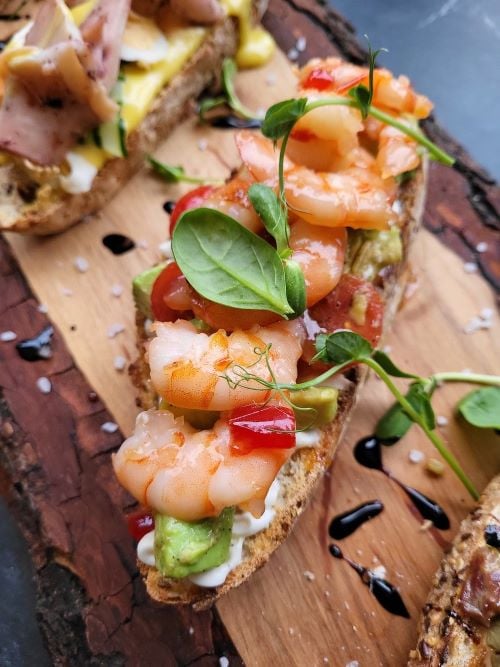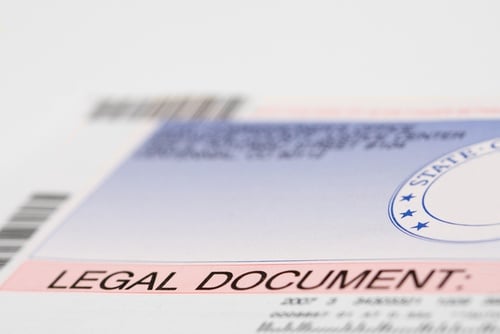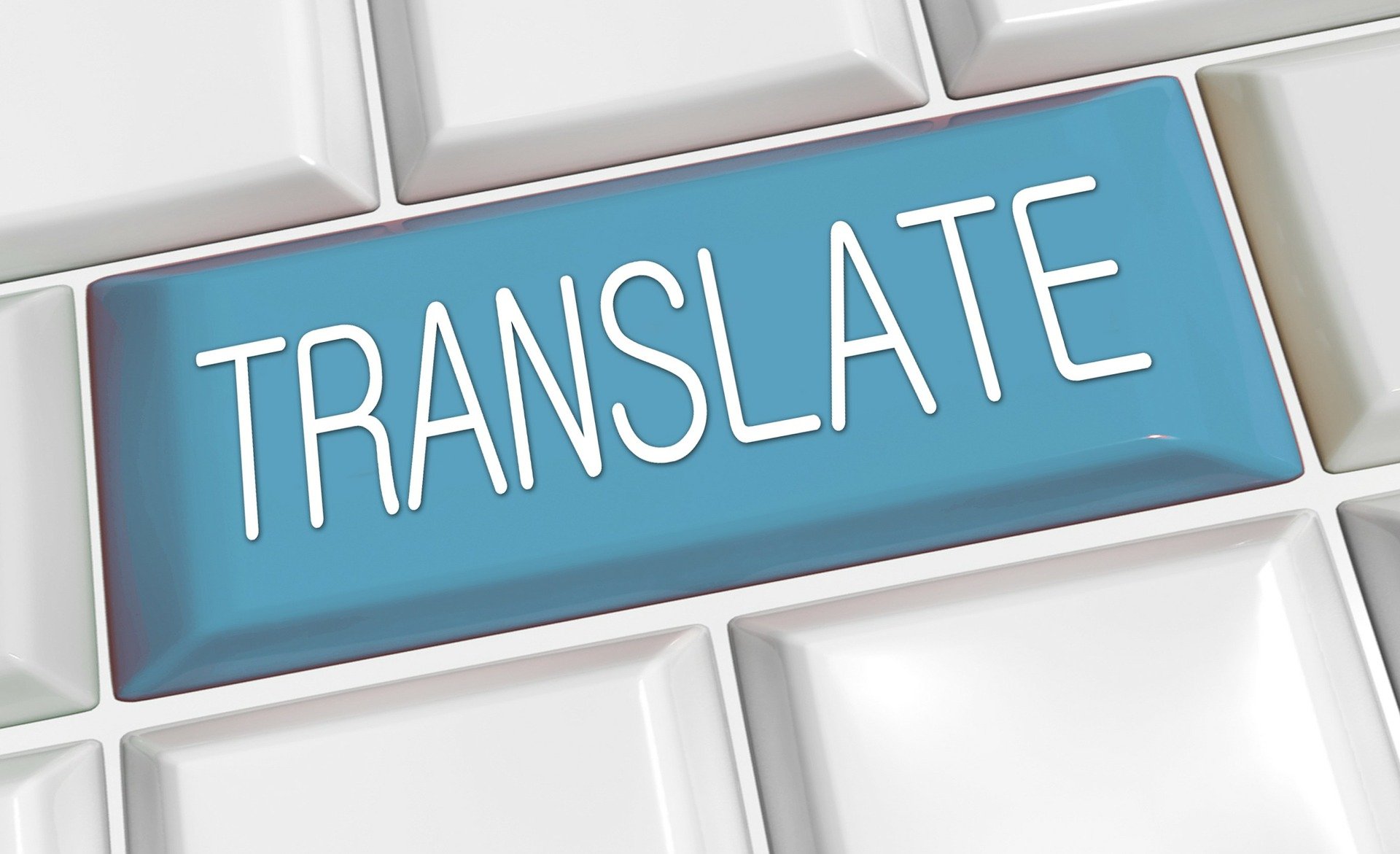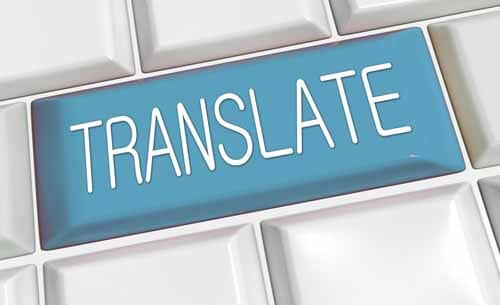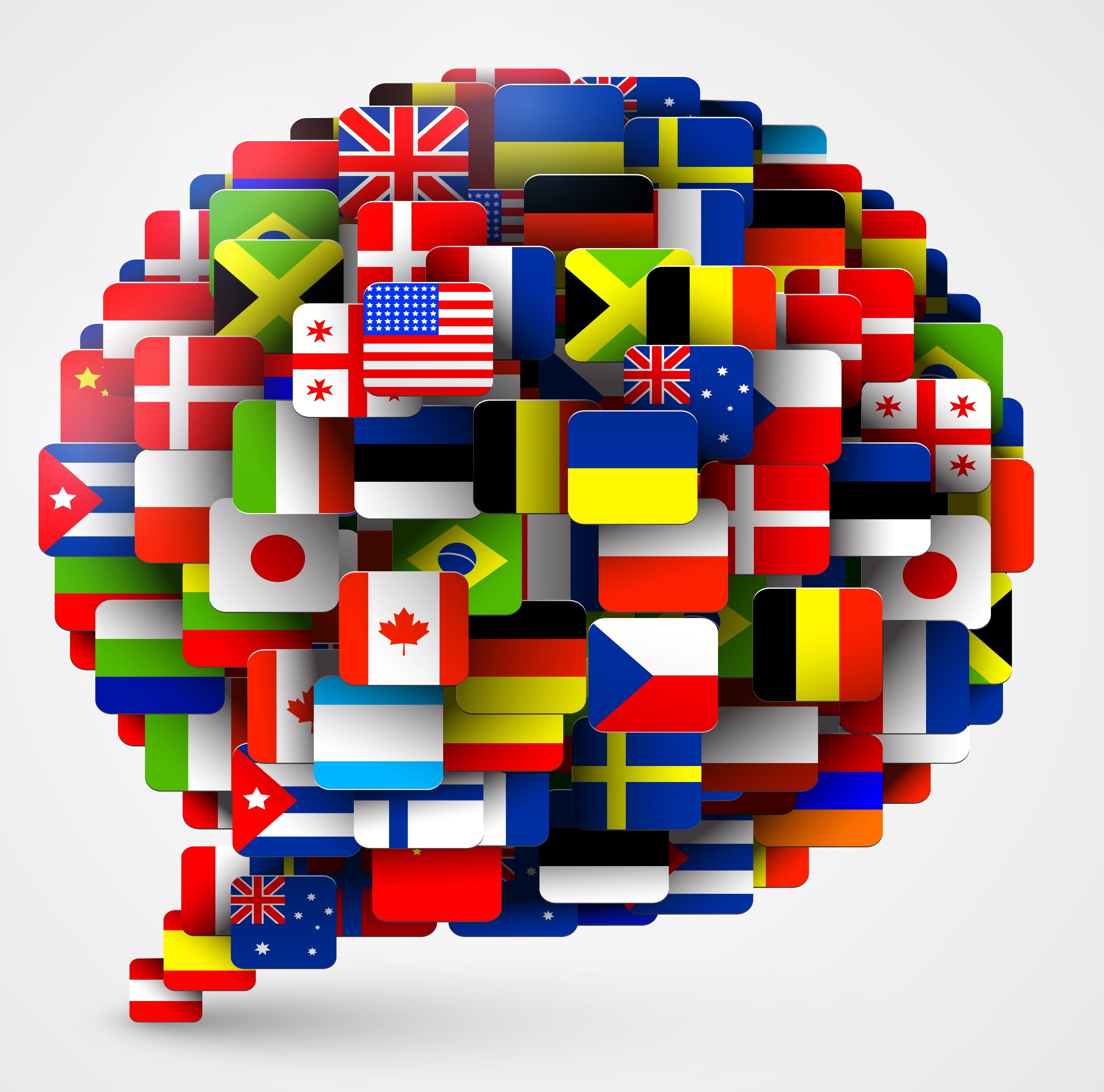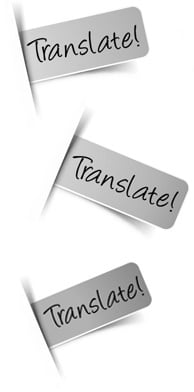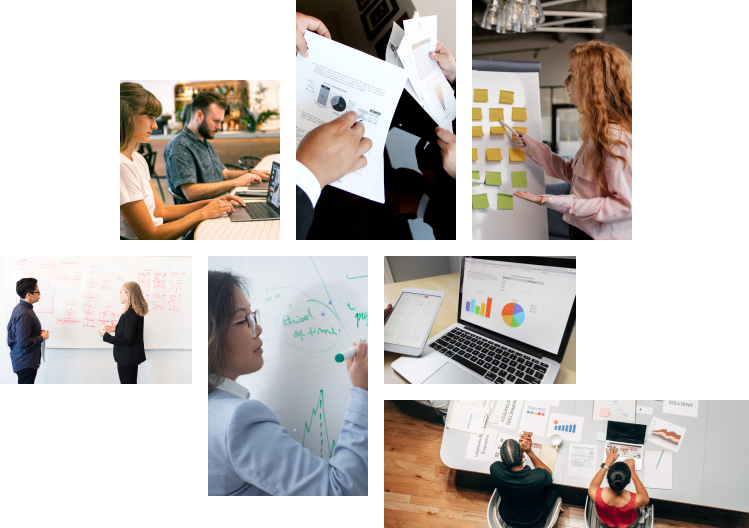Listen to Audio Version:
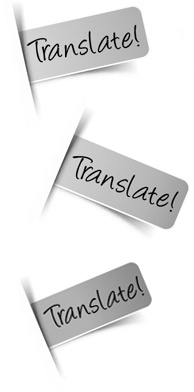 Welcome to part two of our writing tips for translation. As with the last tips, no matter which industry or field you work in, these are tips to make sure you get the highest quality professional translation in EVERY language and across ALL materials.
Welcome to part two of our writing tips for translation. As with the last tips, no matter which industry or field you work in, these are tips to make sure you get the highest quality professional translation in EVERY language and across ALL materials.
Plan for Expansion
Remember that translating from one language into another is not as simple as changing each word in a document to the new language. Translation expands the written copy, and it can be 20 – 30% longer depending on the language. Expansion of copy that is overly descriptive or elaborate can result in a confusing translation, or in one that is overly long and won’t fit into the allotted space on a document, manual, product package, a presentation, a graphic, or an advertisement. To get the highest quality translation it is best for the copy to be as precise and non-verbose as possible. A favorite example of expansion in translation is the word “Fahrvergnugen” used by Volkswagen. This is one German word, but when translated it becomes four words in English – “the pleasure of driving” – that’s 4 times the number of words and 80% more type-space.
Use Repeat Copy Across Materials
Another important practice is to use repeat copy across all your materials. This will provide consistency of message in English as well as in the other languages you translate your materials into. Plus, if you use an experienced translation agency, they will probably be using a translation memory tool which will help reduce costs on repeated copy. What a translation memory tool, or TM tool, does is it stores “segments” (phrases, words, or short sentences) that have been translated previously for your company. When a new document is submitted for translation it is added to the TM tool which then matches the segments to previously translated copy and provides the previous translation to the linguist. This not only helps keep your translations consistent but it helps reduce the number of words that need to be manually translated each time – thus reducing cost.
Only Submit Finalized Copy
Finally, the materials given to the translation agency should not only be well written, concise, and void of local humor and expressions, they should be the FINAL copy. If words are removed or changed from the original copy after the translation is complete, it is not just a matter of removing or changing the same words in the translation. Last minute changes complicate the translation process and make keeping a clear message and accurate version control very difficult. To avoid this, always wait till the copy is final before sending it to your translation agency.
A reputable language service provider like Rapport International will catch these types of potential issues, and help you translate appropriately for your target market, BEFORE a mistake happens. Here at Rapport International we get to know each client’s needs and wants, and will deliver your translations on-time and how you want them EVERY TIME.
Rapport International specializes in multilingual communications, providing language translation and interpretation services that are accurate and culturally appropriate. We use the right voice and the correct terminology to avoid liability, customize services to your needs, and deliver on time and within your budget. With our 100% satisfaction guarantee, you can trust that it’s done right. Contact us today if you would like more information or to get a free quote.
Popular Posts
Popular industry news, interviews, technologies, and resources.



